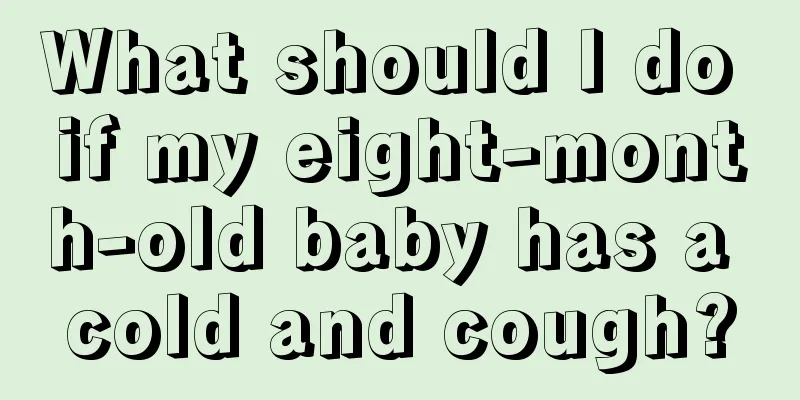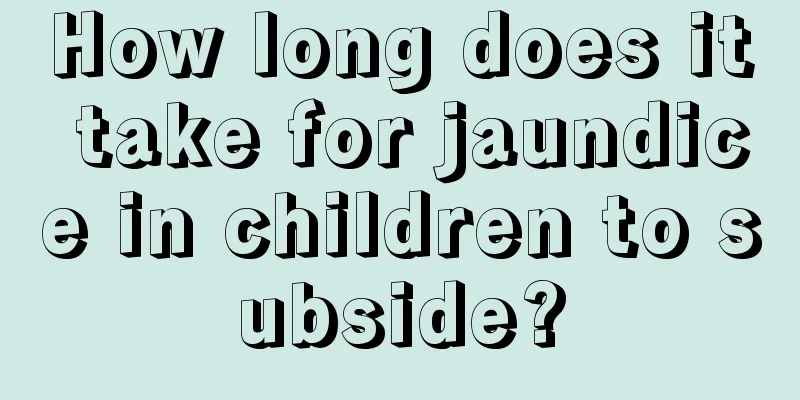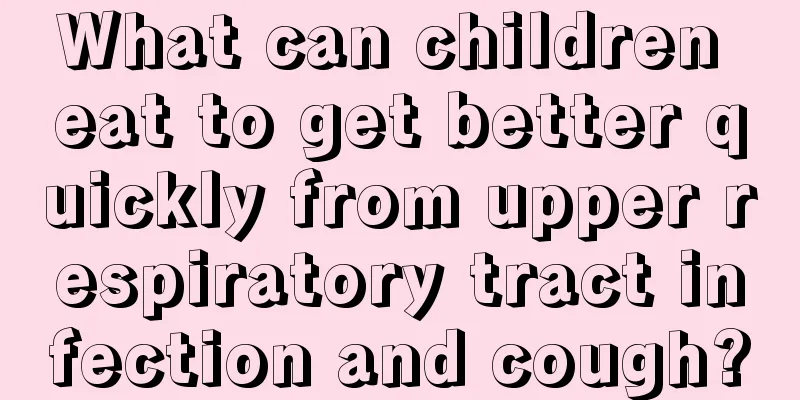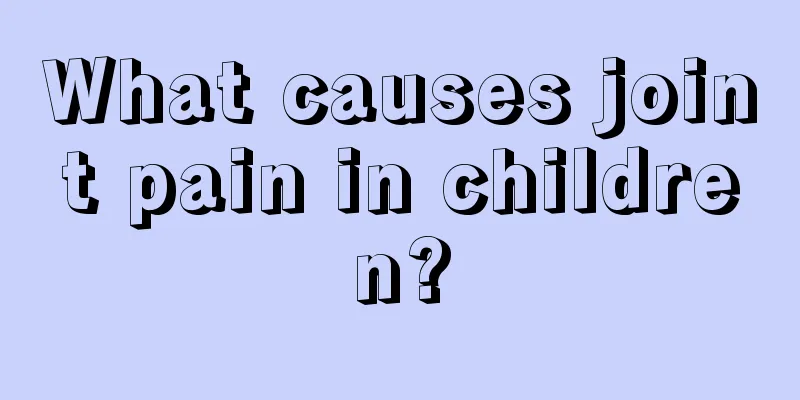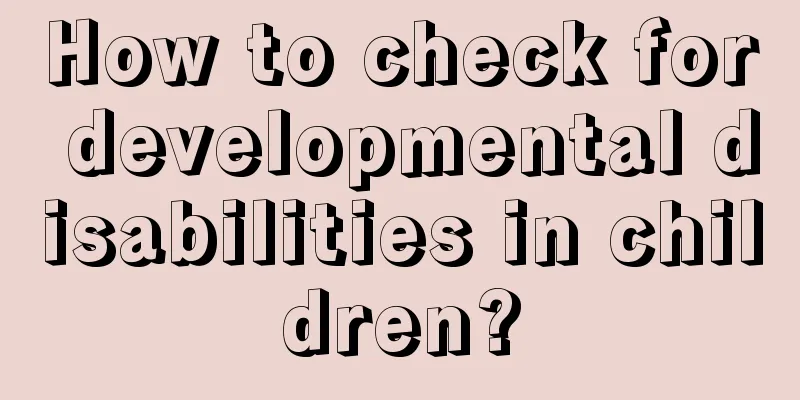The child is infected with rotavirus, and the treatment effect is good
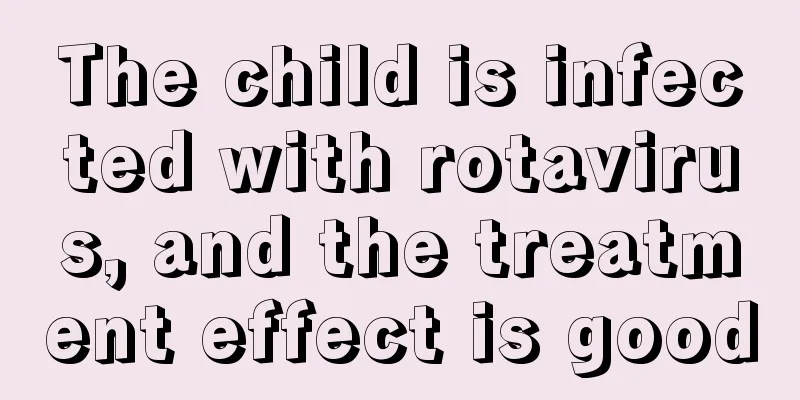
|
Rotavirus is a malignant virus that is particularly prone to spread among children. It usually causes a series of uncomfortable symptoms by infecting the gastrointestinal tract with rotavirus. Therefore, parents should understand its cause, clinical manifestations and treatment methods as early as possible, so that they can make timely judgments and cooperate with treatment scientifically after their children are infected. 1. What is rotavirus? Rotavirus refers to a virus that infects the gastrointestinal tract. It initially causes mild upper respiratory tract symptoms, which quickly lead to vomiting and acute diarrhea, and often lead to dehydration. Because this virus looks like a wheel under a microscope, it is called "rotavirus". 2. Which groups of people are susceptible to infection? It often affects children under 5 years old, and infants under 1 year old are a high-risk group. The younger the age, the more severe the symptoms, and adults are also prone to rotavirus infection when handling the vomit of sick children. 3. How long does the illness last? The course of illness for some children is about 7 days. 4. The main symptoms of rotavirus are: Have a history of unclean diet or contact with related sick children; First vomiting occurs, followed by diarrhea or fever. Most children have a low fever of around 38 degrees. A small number of children have a fever of 39 degrees or even over 40 degrees. The stool is mostly loose and egg-drop-like. A small number of children may suffer convulsions due to severe dehydration, electrolyte imbalance or even rotavirus encephalitis. 5. Treatment of rotavirus: In the early stage, timely replenishment of fluids containing certain electrolytes, such as oral rehydration salts; In the later stage, due to lactose intolerance, lactose-free formula milk can be used; 6. What should we pay attention to after our children get rotavirus enteritis? Because rotavirus often causes dehydration, in addition to letting children drink plenty of water, they can also take "oral rehydration" salts prescribed by the doctor and check their body temperature at any time; if the child has cold hands and feet and shivering, the body temperature will rise quickly. Use antipyretics when appropriate. When the fever is high, loosen the clothes and quilts appropriately to help dissipate heat, wipe the body with warm water, and cover the head with a cold towel or fever-reducing patch. Stop breastfeeding and regular formula milk, and switch to lactose-free milk powder feeding or a light diet (porridge, pure rice noodles, regular noodles and other easily digestible foods). Avoid sweet and oily foods. Avoid contact with other young children. You need to go to the hospital immediately if you have any of the following conditions: Frequent vomiting, shortness of breath, significant headache, convulsions, seizures; Lack of energy, especially after taking antipyretics but still lacking energy even when the temperature is not high; Worsening diarrhea, dry skin or lips, decreased skin elasticity, and significantly less urine output The child is drowsy; New unexplained symptoms The disease lasts for more than 1 week without improvement. |
<<: How to treat urticaria in children?
>>: What causes itchy red spots in a child’s mouth?
Recommend
What to do if the baby's umbilical cord becomes suppurative
When a baby comes into this world, it brings some...
What are the dangers of hernia in children?
Many people think that pediatric hernia is just a...
What are the dangers of picking ears for children?
Many parents like to clean their children's e...
How to deal with children's anxiety
Children's anxiety is also a mental health pr...
Baby's redness and swelling after vaccination
In addition to checking all aspects of the baby&#...
What to do if your three-year-old baby has a partial eclipse
Children of this era are extremely happy. They ha...
What is the reference value of the baby's full-month weight?
The baby has been born for almost one month. Pare...
Why are baby's eye bags purple?
If your baby has purple eye bags, it is generally...
Can children have their teeth cleaned?
Children usually don't need to have their tee...
What to do if your child feels uncomfortable after eating too much
For the baby at home, the child's diet can be...
What are the clinical symptoms of baby’s abdominal bloating?
Mothers often see their babies with bloating. The...
How to treat gastritis in children?
Children's health has always been a matter of...
Why do children have less hair?
Many parents are always worried that their childr...
What to do if your newborn is fussy
In today's society, children are treasures in...
What to do if your child has a thick tongue coating
The tongue of a healthy baby is generally pink, t...

